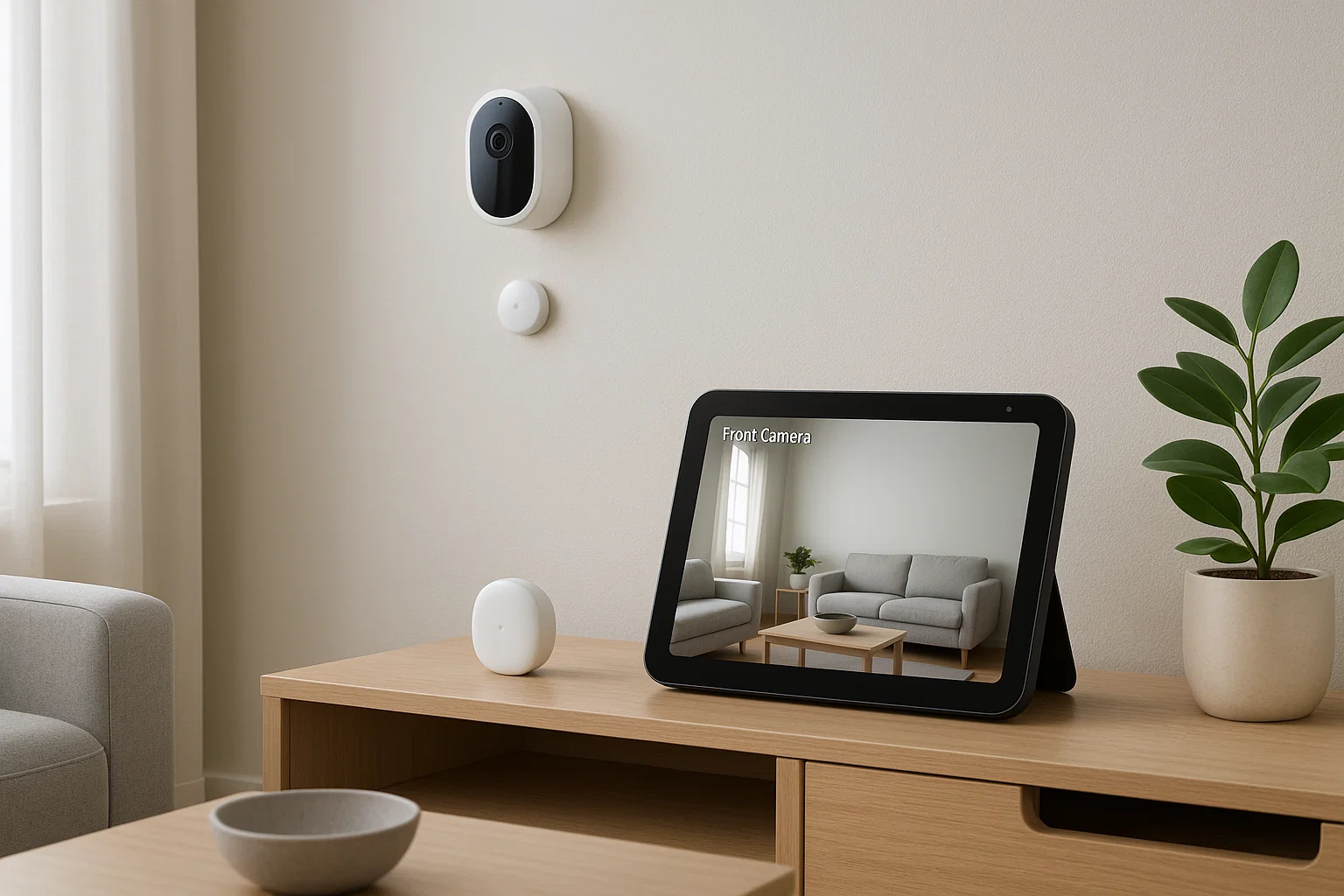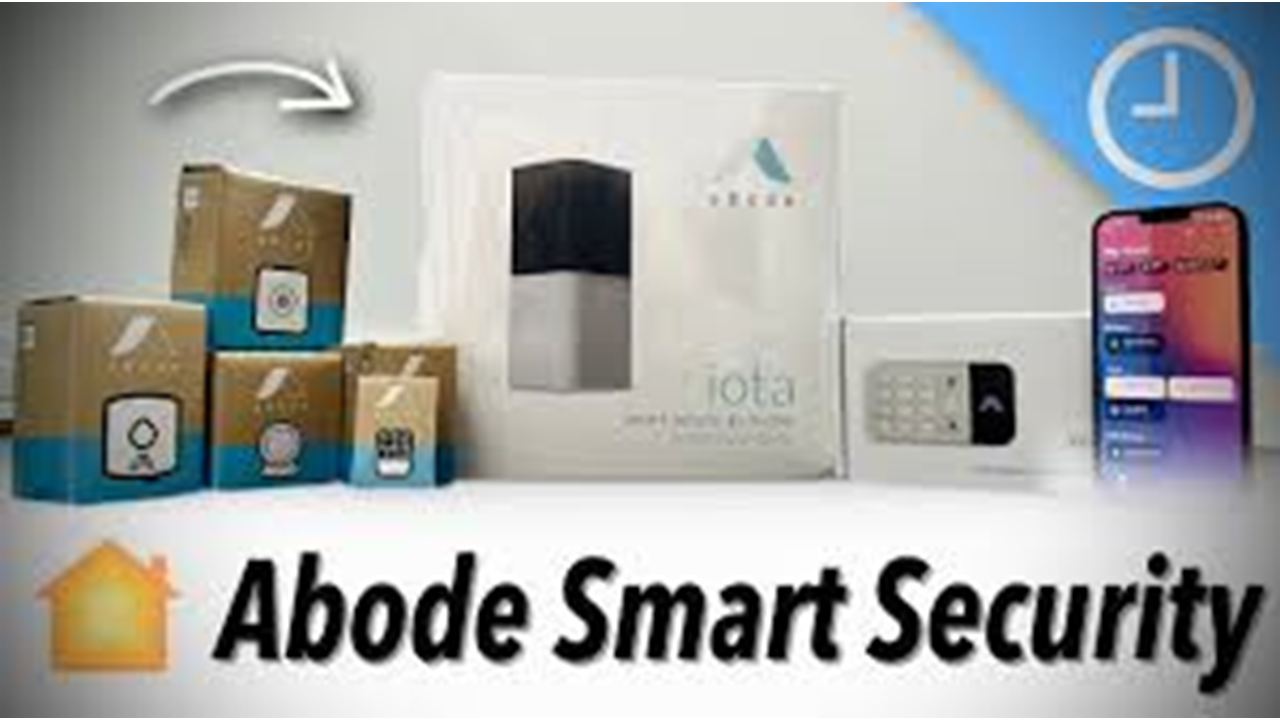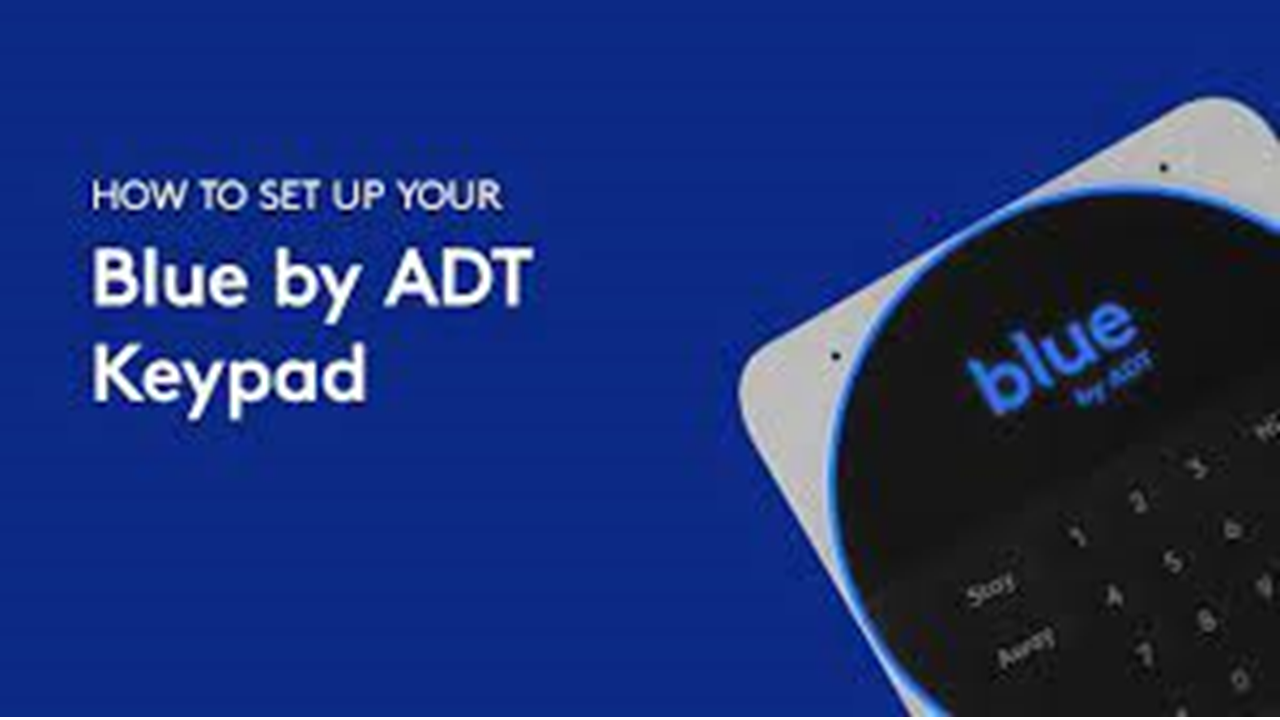 It’s strange to think how fast home security has evolved. A decade ago, protecting your house meant tangled wires, bulky sensors, and costly professional installations. Now, with a few smart devices, an app, and Wi-Fi, you can monitor your home from anywhere in the world all without drilling holes or signing long contracts.
It’s strange to think how fast home security has evolved. A decade ago, protecting your house meant tangled wires, bulky sensors, and costly professional installations. Now, with a few smart devices, an app, and Wi-Fi, you can monitor your home from anywhere in the world all without drilling holes or signing long contracts.
If you’ve ever wished for a system that’s easy to install, works with your phone, and doesn’t demand monthly headaches, you’re in luck. The latest generation of smart home security systems does exactly that offering smarter alerts, tighter integration, and a calm sense of safety that just works.
Let’s walk through what’s new, what actually matters, and which systems truly deserve a spot in your home this year.
How Smart Home Security Got Smarter
Not too long ago, home security was a privilege for the few expensive, complicated, and often tied to one provider. But things changed.
As Wi-Fi became faster and AI got better at detecting patterns, DIY home security systems emerged as the real heroes. You can buy them online, set them up yourself in under an hour, and customize every piece.
According to Statista, the smart home security market in the U.S. is set to surpass $35 billion by 2026, with brands like Ring, SimpliSafe, and Arlo leading the charge. And that growth isn’t just about gadgets it’s about trust. People want security that adapts, not systems that nag.
One big reason for this shift? AI-based motion detection and facial recognition. Newer cameras don’t just send alerts; they understand what they see distinguishing between your dog, a passing car, and an actual intruder. This alone has reduced false alerts by up to 70%.
So yes, the age of “one-size-fits-all” home security is gone. 2025 is all about personalization you decide what’s protected, how it’s monitored, and who gets notified.
The Rise of DIY Home Security
The term “DIY” used to sound intimidating. But in smart security, it means freedom.
No technician appointments. No drilling. No hidden activation fees.
Just plug in, sync, and start feeling safer.
DIY systems like Ring Alarm Pro, Abode, Blue by ADT, and SimpliSafe give homeowners control not just over setup, but over how much they want to spend and how they want to monitor.
These setups connect directly to your phone or smart hub and can send instant notifications the moment something feels off. And since many of them integrate with Alexa, Google Assistant, and Apple Home, you can arm your system with a voice command or even automate it with your daily routine (“lock the door when I leave”).

Here’s the thing modern home security isn’t about walls and locks anymore; it’s about awareness.
Why Ring Alarm Pro Still Leads the Pack
Let’s start with the name you’ve probably heard before Ring Alarm Pro.
Ring didn’t just make cameras popular; it made home security feel accessible. And with the Alarm Pro, it took things a step further merging a traditional alarm system with a full-blown Wi-Fi router.
That means fewer boxes, stronger connectivity, and a level of backup most systems can’t match.
Setup & Installation
This is where Ring wins most hearts.
You can unbox, connect, and set up everything in under an hour. The app walks you through each step from syncing sensors to naming zones (“Front Door,” “Garage,” “Back Window”).
Even if you’re not tech-savvy, you’ll get it done with zero stress.
The Base Station acts as the hub, connecting all sensors, keypads, and cameras. And because it doubles as a router, it keeps everything online, even during a power or internet outage a small touch that makes a huge difference during emergencies.
Customization and Features
Ring Alarm Pro shines in its flexibility.
You can choose exactly how your home reacts to different triggers. Have pets? Adjust motion sensitivity. Traveling? Activate specific zones while leaving indoor sensors off.
The app even lets you combine Ring’s ecosystem cameras, doorbells, smart locks, and flood sensors under one dashboard.
Monitoring and Response
Ring’s professional monitoring starts at just $20 per month, and the response time averages under 30 seconds for verified alarms better than many traditional systems.
Plus, you can switch between self-monitoring and professional plans anytime, giving you more control over costs.
Price and Value
Starting at $299, Ring Alarm Pro offers a ton of value for homeowners who want strong protection without spending a fortune.
It’s best for:
- Renters or small homeowners
- Smart home users (Alexa and Ring integration)
- People who prefer no-contract monitoring
Alternatives That Compete Closely
While Ring Alarm Pro is a front-runner, there are other solid contenders each with its own charm. Let’s explore the best alternatives for 2025.
Abode Smart Security Kit For Flexible Smart Home Users
If you want a setup that plays well with almost every smart home system Amazon Alexa, Google Assistant, and Apple Home Abode is a top pick.
Abode focuses on modularity you can start small with a base kit (motion sensor, contact sensor, key fob) and expand later with cameras or extra sensors.
Its minimalist design fits well in modern homes, and the app dashboard is clean and intuitive. Abode also offers optional 24/7 monitoring, but many users find its self-monitoring tools powerful enough.
Best of all? You can integrate automation rules like turning on lights when motion is detected or locking doors at night automatically.
Why it stands out:
- Works with all major ecosystems (including Apple)
- Clean app design and automation flexibility
- Affordable base kit under $250
Blue by ADT Trusted Brand, Modern Design
When you hear ADT, you think reliability and Blue by ADT brings that trust into the DIY world.
It’s a great pick for those who want the credibility of a long-standing security company without the old-school contracts.
Blue’s main hub doubles as a keypad and includes a built-in siren. You get all the usual suspects motion sensors, contact sensors, and cameras, but with ADT’s monitoring expertise behind them.
It’s a bit pricier than some others, but its brand reputation, professional support, and solid app justify the cost.
Why it stands out:
- Backed by ADT’s proven reliability
- Built-in siren and robust hub design
- Strong optional monitoring plans
SimpliSafe For No-Fuss Homeowners
If you want security that “just works,” SimpliSafe is your go-to.
It’s famous for its straightforward setup, range of pre-made kits, and a wide selection of add-ons (like smoke detectors, panic buttons, and water sensors).
The app is fast, the alerts are reliable, and the customer support has a strong reputation.
SimpliSafe also integrates with Amazon Alexa and Google Assistant, letting you control your system by voice or routine.
Why it stands out:
- Fast setup (no tools needed)
- Wide range of kits and sensors
- Transparent pricing and optional monitoring
Other Notable Mentions for 2025
The smart security market keeps expanding. A few other systems are worth mentioning:
- Arlo Secure 2K/4K Systems – Excellent for high-resolution outdoor coverage.
- Eufy Security – Known for local storage (no cloud fees) and strong privacy controls.
- Wyze Home Monitoring – Budget-friendly, starting under $100, ideal for small apartments.
Each system targets a slightly different audience from power users who want high-end integration to newcomers who just want reliable alerts.
How to Choose the Right System for You
Let’s be real there’s no universal “best” system. It depends on what you value most:
| Priority | Best Choice |
|---|---|
| Easy setup & router backup | Ring Alarm Pro |
| Apple HomeKit support | Abode Smart Security Kit |
| Long-term reliability | Blue by ADT |
| Budget-friendly starter | Wyze Home Monitoring |
| Simple plug-and-play | SimpliSafe |
| Local storage privacy | Eufy Security |
Before you decide, ask yourself:
- Do I want 24/7 monitoring or self-control?
- How important is voice assistant integration?
- Do I need indoor or outdoor coverage (or both)?
- What’s my monthly comfort budget?
Once you answer those, the choice becomes clear.
Is Smart Home Security Worth It?
Absolutely if done right.
A smart security system doesn’t just record; it prevents. It alerts you before something goes wrong, gives you visibility when you’re away, and connects seamlessly with devices you already own.
According to Consumer Reports 2025, homes with smart security systems face 40% fewer break-ins, mainly because visible tech acts as a deterrent.
And the best part? Most of these systems evolve through updates new AI models, better detection, improved battery life meaning your system actually gets smarter over time.
Final Reflection
Maybe the real comfort of these systems isn’t just in their sensors or alarms it’s in knowing your home understands you.
Whether it’s Ring’s all-in-one simplicity, Abode’s ecosystem freedom, or SimpliSafe’s quiet reliability, each system brings one thing that old security setups never could: a personal sense of control.
Technology has finally made peace of mind something you can set up in minutes and that’s a shift worth appreciating.
Thank you so much
For the guidelines.